Share

Shows that Go On
S1: E1 Bacon in Moscow, 1988
Season 1, Ep. 1
•
Malika Browne talks to James Birch about Francis Bacon's exhibition at the Union of Artists in Moscow in 1988, the first by a foreign artist in the USSR since 1917. Why did Francis Bacon agree to it? How hard was it to organise a Western art show in the USSR in 1988? Find out by listening!
Further reading:
Bacon in Moscow by James Birch, Cheerio 2022
With Gilbert and George in Moscow by Dan Farson, Bloomsbury 1991
This is an Ictus Media production, edited by Leo Hornak
More episodes
View all episodes
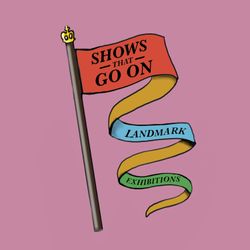
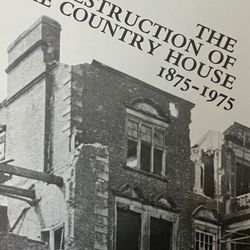
2. S1:E2 The Destruction of the Country House Show, 1974
39:45||Season 1, Ep. 2In this episode, guest Sir Simon Jenkins explains how a simple yet powerful exhibition of black and white photographs shamed and shocked the government and the public, and brought about a change in policy towards country houses.Further Reading: England's 1000 best Houses (2003) by Simon Jenkins Life in the English Country House: A Social and Architectural History (1978) by Marc GirouardThis is an Ictus Media production, edited by Leo HornakThe Destruction of The Country House 1875-1975 by Roy Strong, Marcus Binney and John HarrisEngland's Lost Houses: From the Archives of Country Life (2002) Aurum Press by Giles Worsley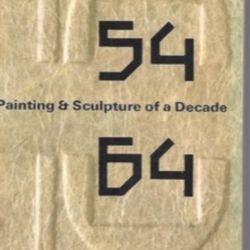
3. S1: E3 54-64 Painting and Sculpture of a Decade 1964
23:08||Season 1, Ep. 3Malika Browne talks to former art critic Ian Dunlop about the landmark art show for Swinging London at the Tate, in 1964 for which the museum's Duveen Galleries were turned into a claustrophobic labyrinth of new art from America and Europe, putting London firmly on the art map.Further reading:The Shock of the New: Seven Historic Exhibitions of Modern Art by Ian Dunlop, 1972 This is an Ictus Media production, edited by Leo HornakLondon’s New Scene: Art and Culture in the 1960s by Professor Lisa Tickner, Yale University Press in 2020.Watching: Pop Goes the Easel by Ken Russell, 1962Blow Up by Michelangelo Antonioni, 1966
4. S1:E4 Beaton Portraits, 1968
46:57||Season 1, Ep. 4In this episode, guest Susanna Brown explains why the Cecil Beaton show of 1968 was groundbreaking, both for photography as an art, as well as for the National Portrait Gallery. Both its content and its design changed the museum, exhibitions, and photograph in Britain forever.Further Reading: Cecil Beaton's diaries in 6 parts in particular The Parting Years: 1963-74, Sapere Books, 2018The Roy Strong Diaries 1967-1987, Weidenfeld & Nicholson 1997Beaton's Bright Young Things, Robin Muir, National Portrait Gallery, 2020Beaton by Bailey - watch on YoutubeThis is an Ictus Media production, edited by Leo Hornak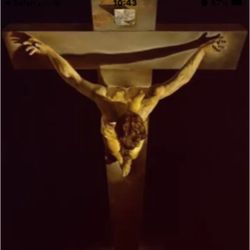
5. S1: E5 Seeing Salvation, 2000
39:28||Season 1, Ep. 5In this episode, guest Dr Xavier Bray, director of the Wallace Collection, describes the surprise hit exhibition in London in 2000: Seeing Salvation, Image of Christ, at the National Gallery. He shares his memories of being an assistant (and very junior) curator of the show and explains why images of Christ still resonate and matter. He talks about the impact of art on us and suggests what sort of exhibition the world perhaps needs at this troubled time.Further Reading:The Image of Christ: The Catalogue of the Exhibition "Seeing Salvation" (National Gallery of London) by Gabriele Finaldi (2000-11-10)Seeing Salvation by Neil MacGregor and Erika Langmuir (2000)This is an Ictus Media production, edited by Leo Hornak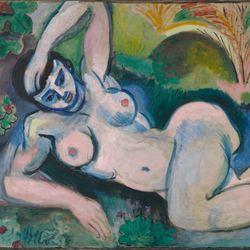
6. S1: E6 The Armory Show, 1913
37:53||Season 1, Ep. 6In this episode, art historian Irene Walsh describes the now legendary Armory Show of 1913 in New York City. Irene wrote her PhD on art collector Lillie P Bliss, and she tells us about the groundbreaking show's shock value, the mockery that surrounded some of the paintings in it, and their unexpected effects on the American public and the art market. She tells us how the show led to the founding of New York's MoMa in 1929.Further Reading:The Story of the Armory Show by Milton W Brown, Abbeville Press Inc.,U.S. 1988The Armory Show at 100: Modernism and Revolution by Kushner, Orcutt and Blake, 2013The chapter on the Armory show in The Shock of the New: Seven Historic Exhibitions of Modern Art by Ian Dunlop, 1972This is an Ictus Media production, edited by Leo Hornak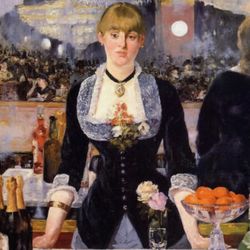
1. S2: E1 Manet and the Post Impressionists 1910
43:28||Season 2, Ep. 1In this episode, art historian and curator David Boyd Haycock describes Roger Fry’’s legendary exhibition, Manet and the Post Impressionists held at the Grafton Galleries in 1910. In her essay Mr Bennett and Mrs Brown, Virginia Woolf wrote that on or about 1910, “human character changed”, a statement generally accepted to be a reference to the Post Impressionists show. Further Reading:A Crisis of Brilliance by David Boyd HaycockRoger Fry, an autobiography by Virginia Woolf The Sultan of Zanzibar by Martyn Downer about the spectacular hoaxes of Horace de Vere Cole, including the Dreadnought Hoax of 1910. Mr Bennett and Mrs Brown - an essay by Virginia WoolfThis is an Ictus Media production, edited by Leo Hornak and produced by Howie Shannon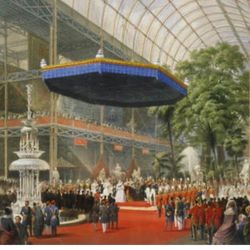
2. S2: E2 The Great Exhibition 1851
43:59||Season 2, Ep. 2In this episode Malika Browne talks to journalist, novelist and biographer A N Wilson about the Great Exhibition of 1851, which took place in Hyde Park over six months and attracted over 6 million visitors. The profit from the wildly popular international commercial exhibition led to the founding of London’s now famous South Kensington museums, and the area known as Albertopolis. The Royal Commission for the 1851 exhibition goes on to this day, dispensing grants to scientists.Further Reading:Prince Albert: The man who saved the monarchy by A N WilsonThe World for a Shilling by Michael Leapmanhttps://royalcommission1851.org/This is a Froody Music production. Thanks to Martin Lumsden